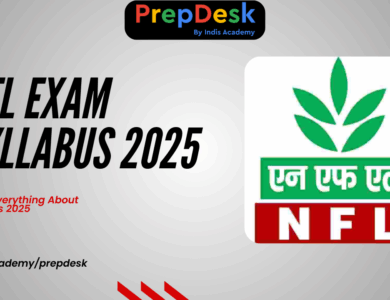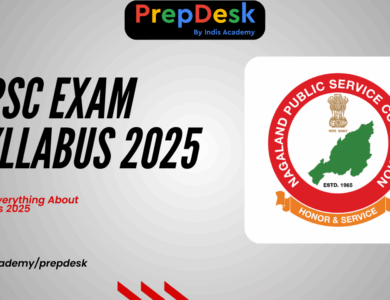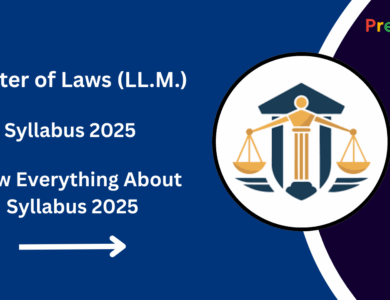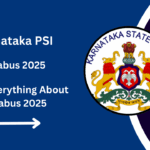C Programming Syllabus – Full Course Outline with Topics & Structure
Explore the complete C programming syllabus including basics like variables, data types, and control structures, along with advanced concepts such as arrays, pointers, memory management, file handling, structures, unions, recursion, and dynamic memory allocation.
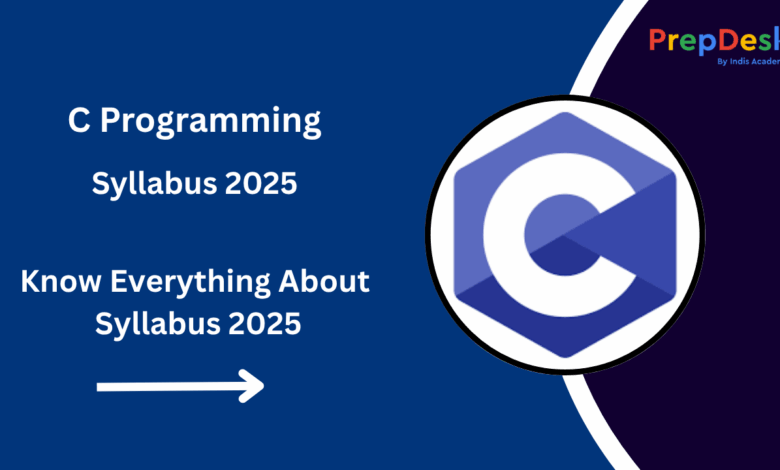
C Programming is the foundation of computer science and software engineering. It is a procedural language known for its efficiency and close-to-hardware capabilities. Whether you’re pursuing B.Tech, B.Sc (CS), BCA, Diploma in CS, or any programming course, C programming is often the first language taught due to its simplicity and power.
This article presents a complete syllabus for C programming, including semester-wise topics, detailed descriptions, marks, syllabus PDF, best books, and preparation tips.
Course Overview
| Particulars | Details |
|---|---|
| Course Name | C Programming / Programming in C |
| Level | Undergraduate/Diploma/Certification |
| Semesters Covered | 1st Semester (Mostly) |
| Course Duration | 1 – 6 Months (Based on Institution) |
| Total Marks | 100 |
| Evaluation Method | Theory + Practical |
| Programming Language | C (ANSI C Standard) |
| Tools Used | Turbo C, GCC, Code::Blocks, Dev C++ |
C Programming Syllabus – Semester-wise Topics
Semester 1 – Programming in C
| Unit | Topic | Description | Marks |
|---|---|---|---|
| 1 | Introduction to Programming | Basic concepts of programming, types of languages, algorithm and flowchart design | 10 |
| 2 | Basics of C | Structure of C program, keywords, identifiers, constants, variables, data types, input/output functions | 10 |
| 3 | Operators & Expressions | Arithmetic, relational, logical, assignment, increment/decrement, conditional operators, precedence | 10 |
| 4 | Control Structures | Decision-making (if, else, switch), loops (for, while, do-while), break, continue, goto | 10 |
| 5 | Functions | Function definition, call, recursion, parameter passing, storage classes | 10 |
| 6 | Arrays | 1D and 2D arrays, strings, initialization, operations | 10 |
| 7 | Pointers | Pointer basics, arithmetic, arrays, functions, dynamic memory | 10 |
| 8 | Structures & Unions | Declaring structures, nested, arrays of structures, unions | 10 |
| 9 | File Handling | Opening, reading, writing, file modes, formatted I/O | 10 |
| 10 | Preprocessors & Miscellaneous | Macros, #define, conditional compilation, command-line arguments | 10 |
Total Marks: 100
Topic-wise Description of C Programming Syllabus
| Topic No. | Topic Name | Detailed Description |
|---|---|---|
| 1 | Introduction to Programming | This unit introduces the concept of programming and its necessity in problem-solving. It includes different types of programming languages (machine, assembly, high-level), the difference between compiler and interpreter, and how to convert an algorithm into a program. Students also learn how to create flowcharts and algorithms to visualize logic and decision-making. |
| 2 | C Language Basics | Covers the basic syntax and structure of a C program. It explains the use of character sets, keywords, identifiers, constants, and variables. Students will learn about data types (int, float, char, etc.), type modifiers, and use of input/output functions like printf() and scanf(). This topic lays the foundation for understanding how to write and compile a basic C program. |
| 3 | Operators and Expressions | Discusses all operator types: arithmetic, relational, logical, bitwise, increment/decrement, assignment, and conditional operators. The unit also explains operator precedence, associativity, and the evaluation of expressions. Emphasis is placed on type conversion (implicit and explicit) and common operator-based errors. |
| 4 | Control Flow | Teaches how decision-making is implemented using if, if-else, nested if, switch-case, and logical conditions. Looping constructs include for, while, and do-while loops. Jump statements like break, continue, and goto are also covered, helping students build flow-based logic in programs. |
| 5 | Functions | Explains how to create reusable blocks of code through functions. Covers defining and calling user-defined functions, function prototypes, arguments (actual and formal), and return values. Important concepts such as recursion and storage classes (auto, static, extern, register) are explored, along with the difference between call by value and call by reference. |
| 6 | Arrays | Introduces one-dimensional and two-dimensional arrays, their declaration, initialization, and traversal. This unit also includes multi-dimensional arrays and practical operations like searching and sorting. String handling with character arrays and standard string functions such as strlen(), strcpy(), and strcmp() are covered in detail. |
| 7 | Pointers | A crucial topic in C, pointers are explained from the basics of declaration and initialization to advanced concepts like pointer arithmetic and pointers to arrays. The use of pointers in functions, dynamic memory allocation using malloc(), calloc(), and free() are discussed. Also includes double pointers and their use cases. |
| 8 | Structures & Unions | Explains how to group different types of variables using structures. Topics include declaring and using structures, nested structures, arrays of structures, and pointer to structures. Unions are introduced with comparison to structures in terms of memory efficiency. Practical use cases such as student records and employee databases are demonstrated. |
| 9 | File Handling | Teaches reading and writing to files in C using file pointers. Students learn about file functions like fopen(), fclose(), fscanf(), fprintf(), fgetc(), and fputc(). Covers both text and binary files and modes like read (r), write (w), append (a), and their combinations. |
| 10 | Preprocessor Directives | Introduces compiler-level commands such as #define, #include, #ifdef, #ifndef, and macros with arguments. Also includes conditional compilation and command-line argument handling to make programs more flexible and modular. |
Download C Programming Syllabus PDF
Download C Programming Syllabus PDF
Recommended Books for C Programming
| Book Title | Author(s) | Publisher | Best For |
|---|---|---|---|
| Let Us C | Yashavant Kanetkar | BPB Publications | Beginners to Advanced |
| Programming in ANSI C | E. Balagurusamy | McGraw Hill | Academic Courses |
| C: The Complete Reference | Herbert Schildt | McGraw Hill | In-depth Understanding |
| Head First C | David Griffiths & Dawn | O’Reilly | Visual Learners |
| The C Programming Language | Brian W. Kernighan, D.M. Ritchie | Prentice Hall | Classic and Foundational |
Specialization After Learning C Programming
| Specialization Area | Description |
|---|---|
| Embedded Systems | C is used in microcontrollers and real-time systems |
| Systems Programming | Operating systems and kernel-level development |
| Game Development | Performance-heavy gaming engines often use C/C++ |
| Competitive Programming | Fast execution and tight syntax suit contests |
| Compiler Design | Building parsers, interpreters using C |
| Robotics | Hardware control and automation |
Preparation Tips for C Programming
- Master the Basics: Understand variables, loops, functions thoroughly.
- Code Daily: Use platforms like HackerRank, CodeChef to practice.
- Use Compilers: Work on Turbo C, Code::Blocks, or GCC for practical skills.
- Take Notes: Write syntax and tricky logic examples for revision.
- Mini Projects: Try basic projects like calculator, billing system, etc.
- Past Papers: Solve university or diploma questions to score better.
Importance of C Programming in Career
C programming lays the foundation for all future languages and helps develop logical and performance-focused programming skills. It’s essential for embedded development, system programming, and interview preparation.
Conclusion
C programming is one of the most important subjects for aspiring developers. A clear understanding of syntax, logic, and memory handling is essential. With this syllabus, recommended books, and preparation tips, you’re all set to master C and progress toward more complex domains like Data Structures, OS, and Embedded Systems.
